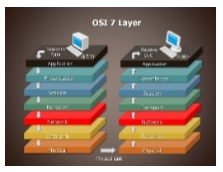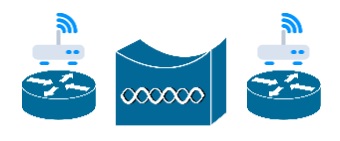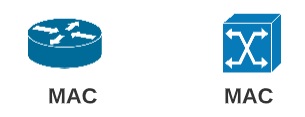
Open System Interconnection (OSI). Seven-Layer Model. Each layer in the OSI model defines an important function in computer networking.
For more information please click the “layer 1 – 7”.
OSI Model
Network process to application.
DNS, HTTP, WWW, P2P, EMAIL, POP, SMTP, Telnet, FTP

Data representation and encryption.
Sockets, HTML, DOC, JPEG, MP3, AVI

Interhost communication. Establishes and manages the connections between two or more applications.
Session establishment TCP, SIP, RTP, RPC, PAP (Password Authentication Protocol)

End-to-End connections and reliability.
TCP, UDP, SCTP, SSL, TLS

Path determination and logical addressing.
IP (v4/v6), ARP, IPsec, ICMP, IGMP, OSPF, RIP

Physical addressing. Data packets are encoded and decoded into actual bits.
Ethernet, 802.11, MAC/LLC, VLAN, ATM, HDP, Fibre Channel, Frame, PPP, Q921

Media, signal and binary transmission. Raw bits of data, electrical signal.
RJ-45, RJ-11, RS-232, V.34, SDH, DSL, 802.11
